Everybody knows Perth and many know Rottnest Island. But I am not so sure if you have heard of Moora? Yet it is the place where some of the nicest people live. Moora is a rural town about 180km north west of Perth and Diana and Ross own a cattle farm there. We met them a few years back in Épernay, France, and went through a few locks and bottles of wine together.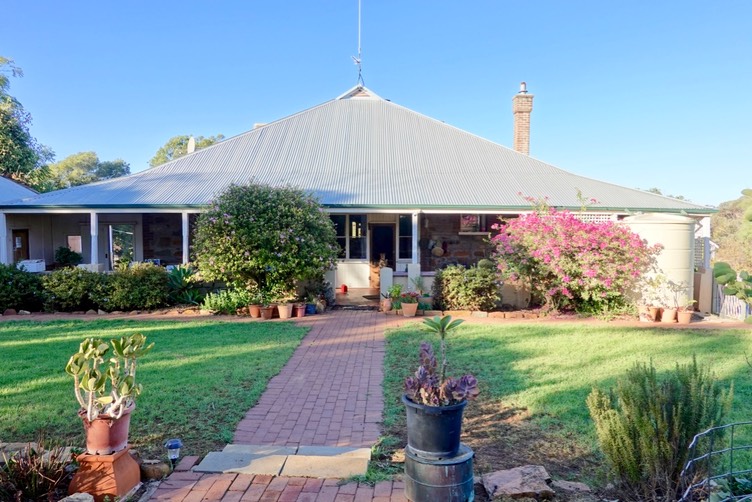
Pulling into the road of their farm we were a little concerned. There was a plank bridge ahead, we had to cross with the caravan, which was obviously in the process of being repaired! To proceed, we needed some encouragement from Ross, that all would be well and this wasn’t a ploy to get rid of unwanted visitors. In the contrary, we were made so welcome by Diana and Ross, Ross’ sister, Judy and husband Peter, that we felt part of the family.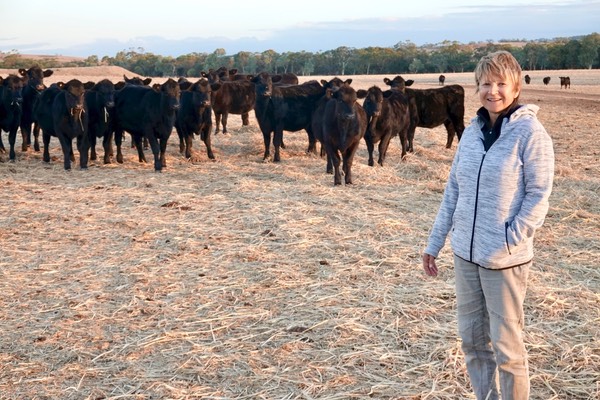
Ross introduced us to a few of his Aberdeen Angus cows. Some looked particularly sweet and fluffy with their patches of newly acquired winter coat.
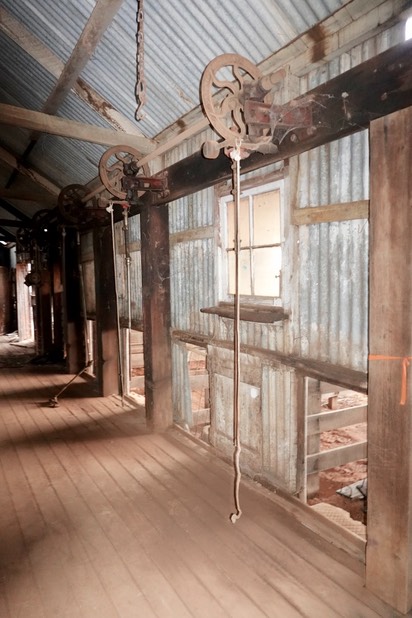 The old shearing shed of the former sheep farm was like a museum with
The old shearing shed of the former sheep farm was like a museum with
the stalls, shearing wheels and storage draws still all in place. The cozy farm house with its typically low drawn roof and bougainvillea adorned verandah completed my romantic notion of country living, which, by the way, does not include hard physical labour, droughts and floods, bank loans, pests and veterinary bills.
Instead we had a wonderful time catching up with Diana and Ross over a delicious roasted dinner.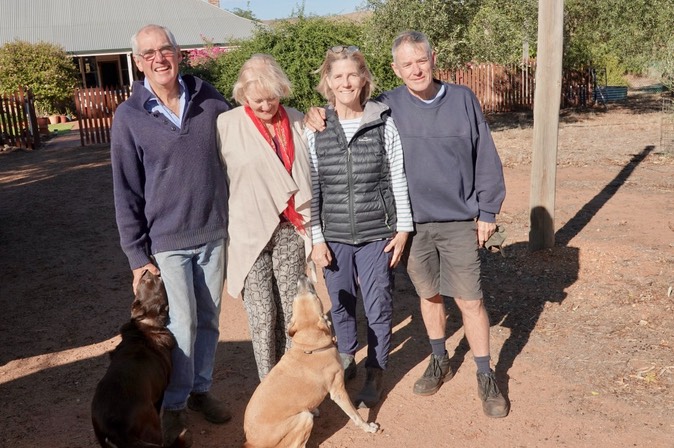
We used the vicinity of New Norcia to visit this historical and sole monastic town of Australia.
When in the early 19th century it was granted for the order of St. Benedict to be established in Australia, this area in WA was chosen. Originally the monks were nomadic until in 1847 Dom Rosendo Salvado founded the abbey where it is now.
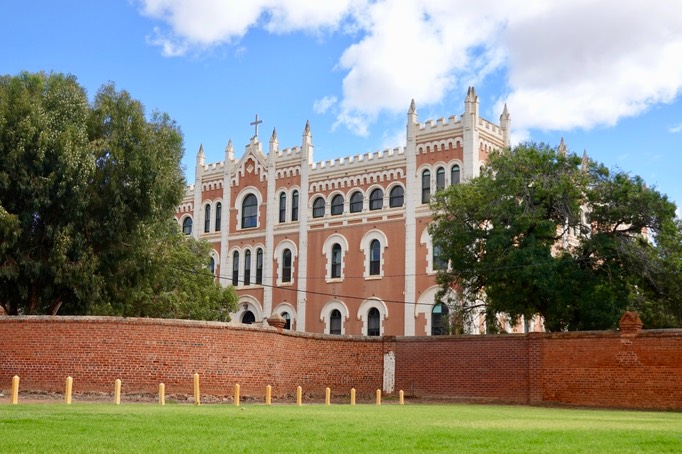
Salvado respected the wisdom and knowledge of the Aboriginals and encouraged a reciprocal relationship.The monks were reliant on the Aboriginals for finding water and in return taught them agricultural skills. The collaboration continued. In the two colleges, one for males and one for females, both Aboriginal and European children were educated. 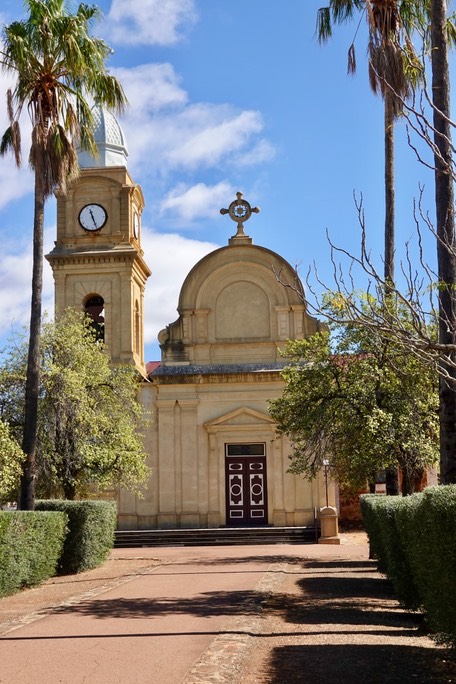
Many of the aboriginal people in the area were employed on the monastery’s farm or flour mill and housed in cottages, of which two are still standing. The simple style of the abbey church wouldn’t be misplaced in Spain, Salvado's home country. 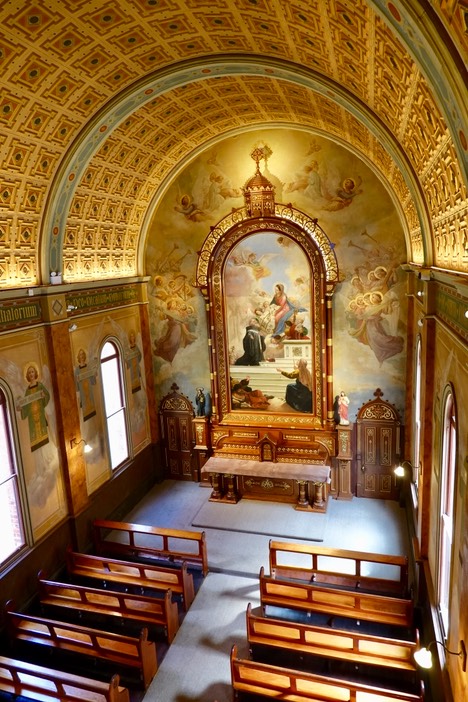
The college chapels and the museum contain many beautiful paintings and artefacts including gifts of the Queen of Spain and are well worth visiting.
The monastery itself is unfortunately off limits for tourists, although the number of monks in residence has now dwindled from 70 to mere 10. I believe that acceptation criteria for joining the monastery are quite strict. According to the rules of St. Benedict a member of the order has not only to be committed to the faith but also to the community and well being of their fellow monks. Overall the order interacts in a very democratic and non- authoritarian way - very impressive for rules set out by St. Benedict in the 6th century!